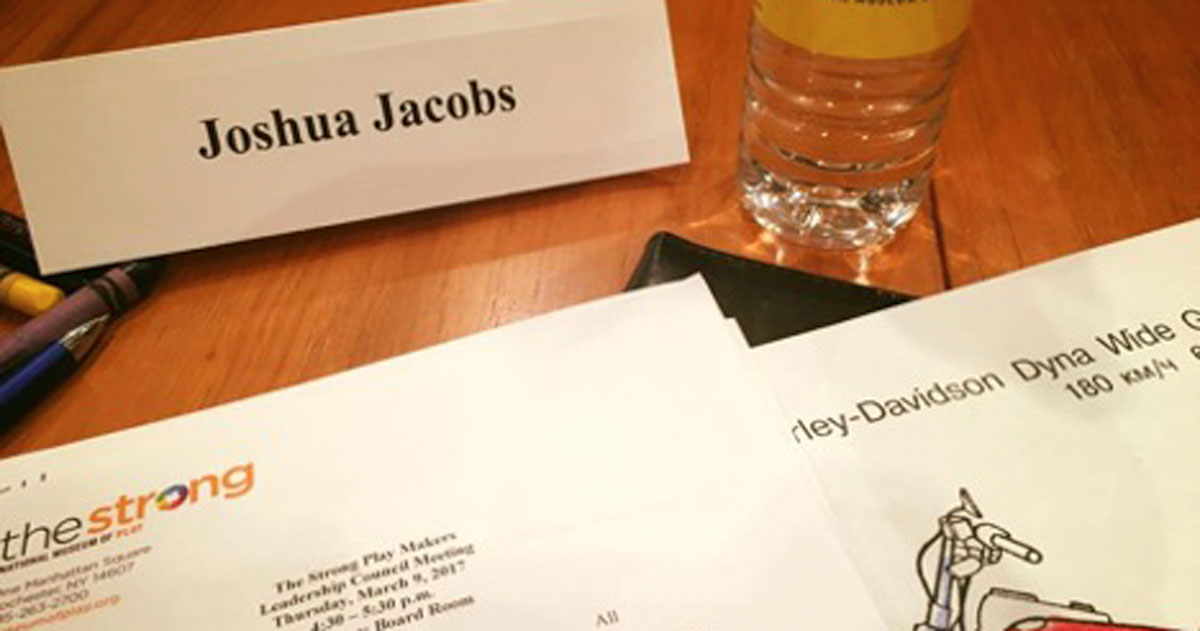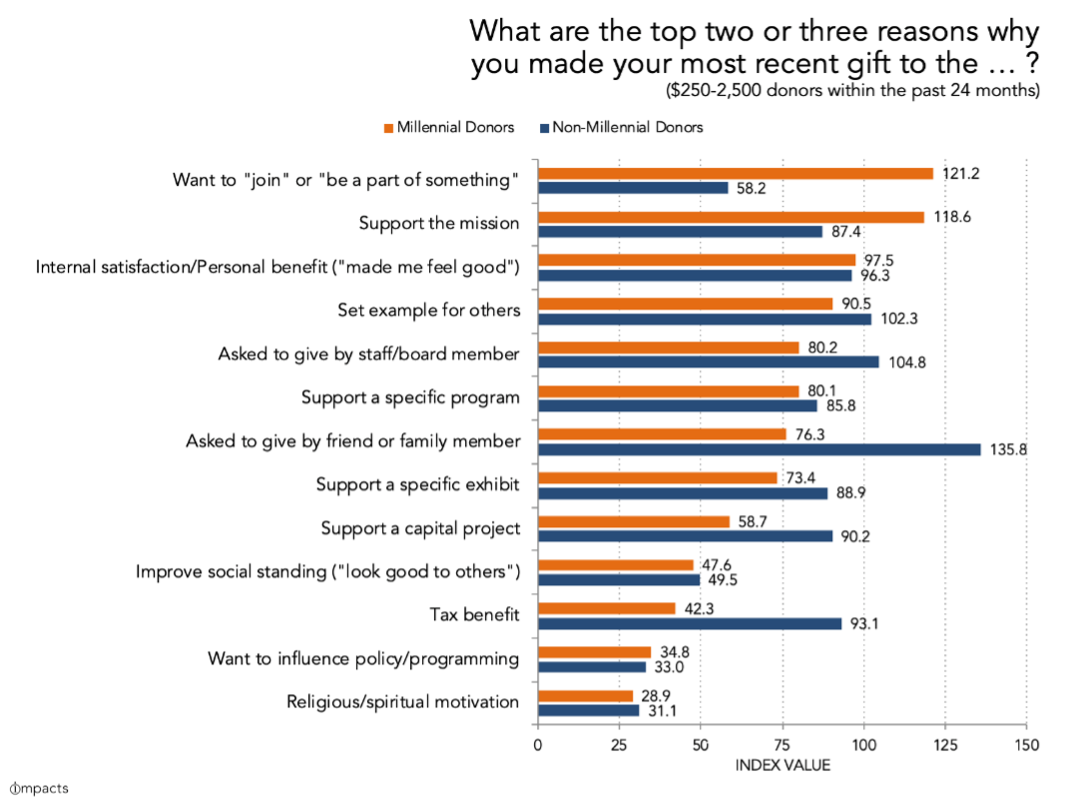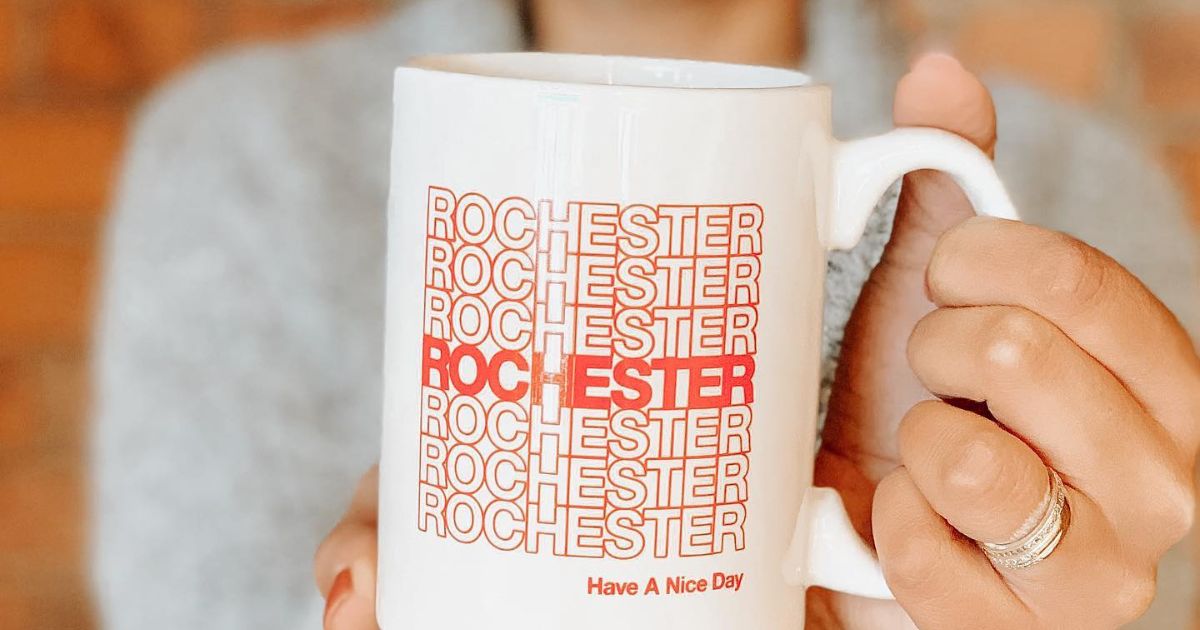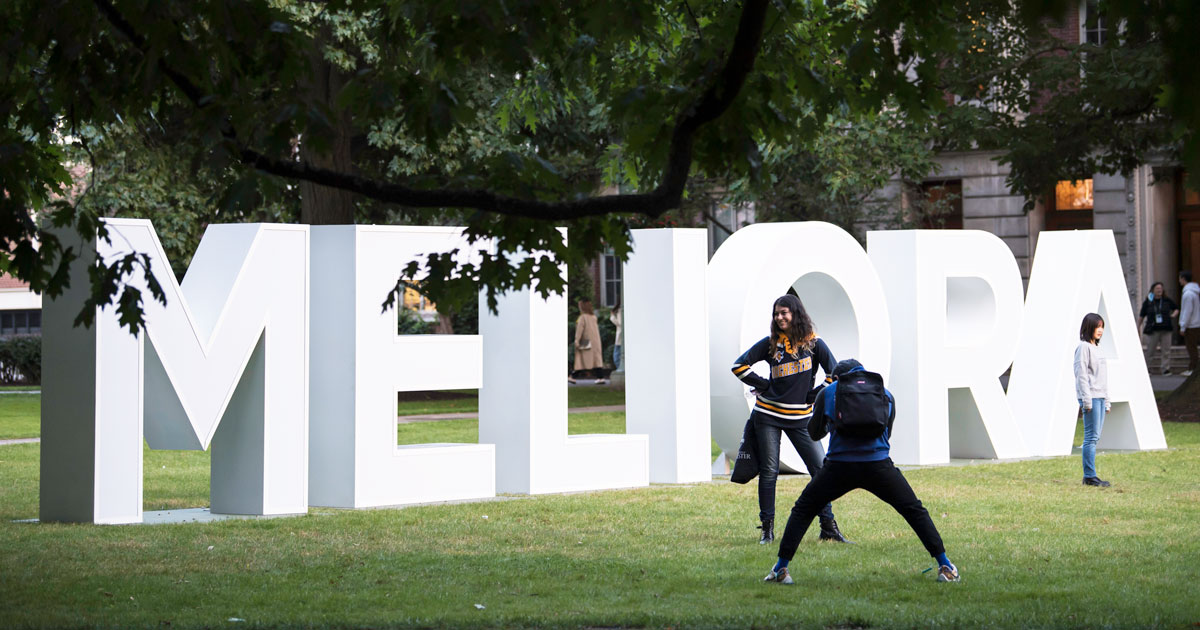
It’s no surprise that young professionals today are busy. So what would make someone take on an unpaid position on a volunteer board? Reasons vary for each person, from wanting to support a cause they love, to fulfilling a desire to better themselves, to a mix of both. I can say I fall into the latter.
I started on my first associate board at the Buffalo Zoo Pro Zoo Board when I was 25. The Buffalo Zoo was always near and dear to my heart. I remember going with my class on a field trip and countless times with my parents where all I wanted to do was watch the Gorillas. I was also new to the professional working world at the time and wanted to better myself. Having just graduated with my Master’s in Leadership & Development, I wanted to be able to flex those newfound skills I wasn’t able to in my professional life.
Fast forward four years and I was voted in as Vice President which came with a brand new set of responsibilities I had never faced before. However, that time was one of the greatest in personal growth I have experienced to date. Since that experience, I have served as the Chair and Vice-Chair of the Strong Museum of Play, Play Makers Leadership Council, and Co-Chair of the Emerging Leaders at the University of Rochester. Here are the top three lessons I have learned and continue to learn in my board experiences.
Relationship Building
When the Play Makers Leadership Council onboards new members, we ask them not only what they feel they can contribute to the board, but also what they would like to get out of it as well. Many young professionals today value a personal connection. They tend to want to join or be a part of something when donating time, energy, and money to an organization. They want to feel they are part of the institution and something bigger than themselves. Getting to each person’s need behind the need is important.
Upon my installation as Chair of Play Makers, I held 1:1s with each board member to see how they were doing, and what was important to them in the upcoming year. This was a great start, but cultivating those relationships takes time. I believe there is no better way to build relationships than “wasting time” together. That is why for Play Makers Leadership Council, we start every meeting with a short game to get people engaged, in the right mindset, and to learn more about each other. When we have important tasks, our members feel more comfortable interacting with each other and museum staff.

“IMPACTS asked 1,268 donors to tell us – in their own words – why they made their most recent gift to a cultural entity such as a museum or performing arts organization. The information shown below are the answers from 598 millennials (born on or after 1980) and 670 non-millennials (born before 1980) from a lexical analysis process. This means that we did not ask these folks to choose from a list of possible reasons for giving. Instead, they identified themselves as donors within the $250-$2,500 giving bracket, and we asked them open-ended questions about why they donated.”
Creativity
Often, boards have little to no budget, which can strain the ability to achieve goals. However I try to see it as a challenge rather than a limitation – how can we do more with less? This was certainly the case with Play Makers. Fundraising during a pandemic had its challenges.
Our board came together and came up with a Virtual 90’s Trivia Night that we would host and target to our networks. We sourced the questions and came up with the format – 2 rounds with a special intermission on making a classic ’90s cocktail. One thing that was important to us, was not having a set price to play or even a suggested donation amount. We believe in making significant contributions to you, especially during uncertain times. During the intermission, we talked about why the Strong was important to us and asked those that were able to consider making a donation. This event could have flopped, but it was important to us that we try – and we ended up seeing great results. We were so used to putting on in-person events that we were initially stuck. Stopping for a moment and donning that creativity cap helped us to think outside of the box and helped us think of possibilities we would have never considered before!
Patience
I’m someone who, when I have an idea I want to act on it. I constantly am repeating to myself “Patience Iago, patience.” Some people may be able to respond to an email right away, while others may have a set time that they do their volunteer work. Some people can leave work at 4:30 p.m. to meet in person, and some people can’t. There is no one size fit’s all when it comes to board members. Being patient and remembering that board members have lives outside the volunteer organization is key. Again, they are volunteers. Now, this doesn’t mean you can’t have expectations, but clearly communicating those is crucial.
I started seeing that when I needed something from members of Play Makers, I often wasn’t getting a good response. After talking with members, I found that many people said I was just one of the many emails they received daily. That is why I started putting in the subject line, “ACTION REQUIRED” when I needed a specific response or outcome. This helped to give greater importance to my email and a greater response rate. I had to learn that not everything is immediate, and that is ok. You never know what is going on in someone’s life and therefore having patience grants both parties an ability to be open with what is going on without added frustration.
Being on a volunteer board is both rewarding and a lot of work, but I wouldn’t have it any other way. My passion for the mission of the boards that I am on and all the excellent people I have met in the process keeps me energized and motivated to come up with new ideas and new ways to support the organization. I implore you to search for a cause that you are passionate about and give back some of your time.



